7 Types of Roof Shingles: 2025 Pictures, Pros & Cons
-
Pete Ortiz
- Last updated:
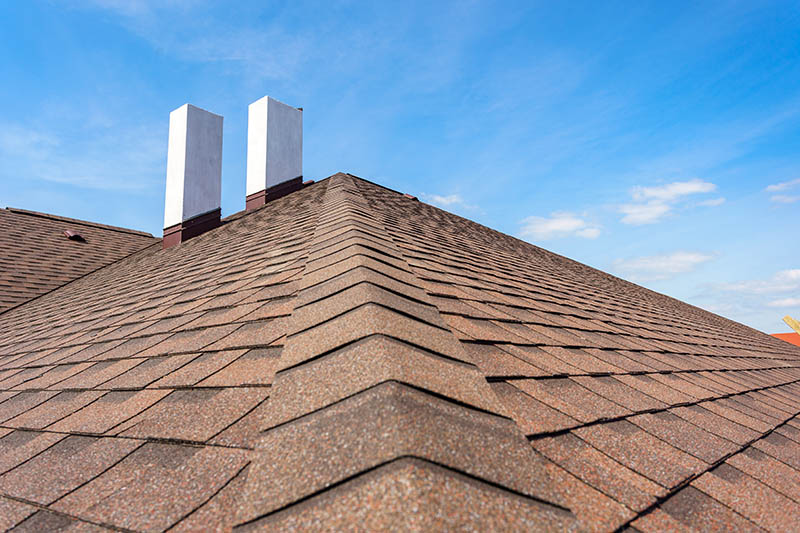
Roofing is an important consideration when building a new home or renovating an old one. One of the first decisions you will make is selecting the type of roofing shingles and design you will need for your home. You need to get one that can protect your property and loved ones from water leakages, pests, and adverse weather conditions.
Since there are several roofing options, choosing a suitable one for your home can be overwhelming. In this article, we will discuss the pros and cons of the most common types of roof shingles retailing in the market today. We will also highlight the key differences so that you can make an informed decision on the best variety to purchase for your home. Read more to learn more!
The 7 Types of Roof Shingles
Initially, the roofing options available were shingles and paneled roofing, often made from corrugated metal sheets. The shingles used were made of wood, designed to protect homes from water and normal wear and tear. However, modern roofing shingles come in a variety of materials, each with unique benefits and disadvantages.
If you walk into any hardware store today, the types of roofing shingles you can expect to come across include the following:
1. Wood Shingles

Cedar and pine are the most common wood shingles retailing in the market. They are aesthetically appealing and have been around for ages. When making wooden shingles, the wood is usually cut into the desired size and shape to create an overlapping pattern required in shingles. They offer a sophisticated look, mostly found in stately homes. This kind of elegance cannot be replicated using artificial materials.
Sure, they may look natural, but they are some of the most expensive roofing alternatives and require a lot of maintenance work to maintain their beauty and their utility. Unfortunately, wood shingles are not the best for areas prone to high temperatures and wildfires. Moreover, roofing with wooden shingles should not be done by an inexperienced person. Instead, contact a seasoned professional, preferably a certified one.
When properly installed, wood shingles can last up to 50 years. To increase the lifespan, always repair any damage as soon as it occurs. Also, frequently check and remove any debris that may have accumulated on the surface. On average, wooden shingles retail for $9 to $10 per square foot. But before purchasing these shingles, ensure that they match your home décor and request regular inspections.
- Aesthetically pleasing and retails in a range of colors
- Are very durable and can last up to 50 years because wood is a natural material that withstands the test of time, making it a suitable choice for the home exterior siding
- Wooden shingles require a lot of maintenance services, and may not be a good choice for homeowners working on a tight budget
- Are susceptible to rot, mold growth, and water damage.
- Require protection from UV rays by painting the surface every few years, which is not easy for those who reside in high-altitude areas because the paint doesn’t adhere as well as in low-air pressure areas.
- Are expensive and need a lot of maintenance services
2. Asphalt Shingles
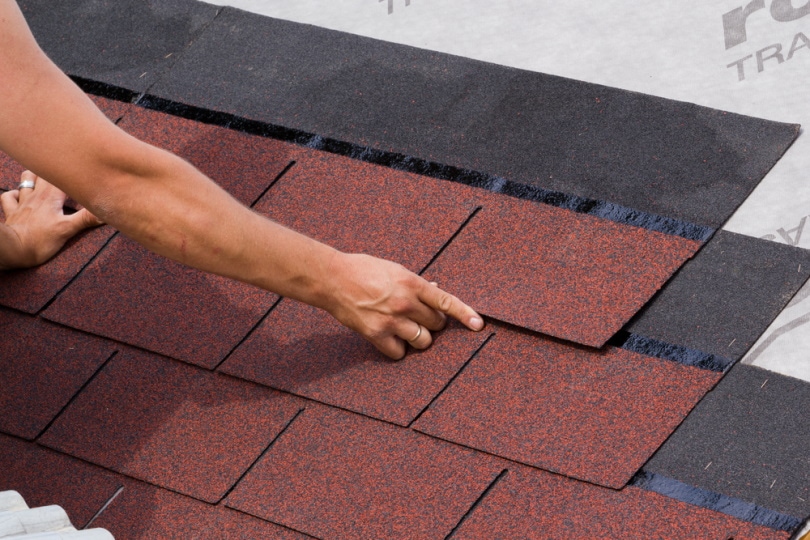
Asphalt shingles are the most widely used roofing option in the United States. This is because they are made from materials that are cheaper than wooden shingles and don’t require replacement as often. Asphalt shingles also retail in several colors, allowing homeowners to match them with the house exterior.
These shingles have a lifespan of 15 to 30 years 1, making them very durable roofing materials. They retail at $2 per square foot, which is very affordable. Furthermore, they not only protect the roof from damage by outside elements but also act as an insulator to cool indoor air during summer and warm it during winter.
Despite being an affordable and durable roofing option, asphalt is susceptible to wear and tear if not well taken care of. Also, you might need additional maintenance services if you aim to maintain asphalt shingles for their lifespan. If by any chance they do not deliver on their lifespan promise, there are warranty options you can take up. A single purchase can offer you a warranty of up to 25 years.
These shingles are lightweight, mostly because they consist of composite materials, asphalt, organic materials, and cement fibers. The easy installation process, affordability, and durability make asphalt shingles a great choice for homeowners hoping to protect their homes from natural elements and pesky pests.
- Have a lifespan of up to 25 years and can withstand rainstorms and extreme winds that could damage your roof
- Popular roofing option by most homeowners because it is very lightweight and cheap, great for hurricane-prone areas
- Less prone to fire hazards compared to wooden shingles, which can easily catch fire from an ember from the ground in summertime
- Asphalt shingles tend to be noisy
- Tend to trap air and moisture resulting in mold and mildew over time if not installed properly
- Require frequent and regular maintenance due to susceptibility to wear and tear from weather elements
3. Metal Shingles
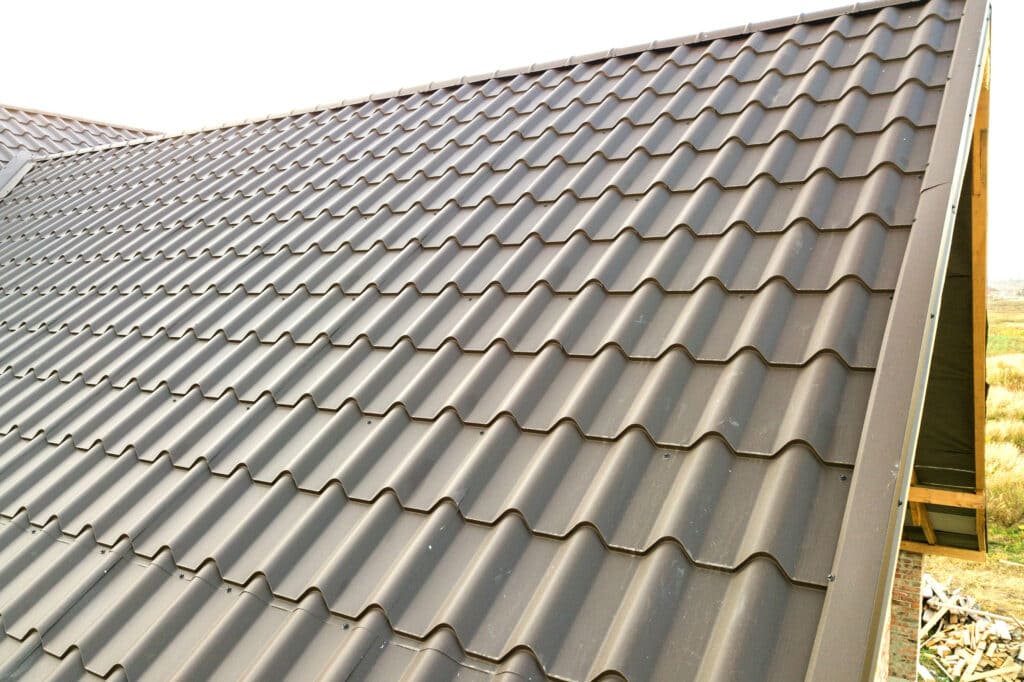
Metal shingles have been around for many years now and are usually available in different colors. They also have a lifespan of 50 years with minimal after-purchase care services if installed properly. This roof shingling option is popular with homeowners because it provides the best return on investment.
While they may look like asphalt shingles, metal shingles offer better protection to your roof but with minimal maintenance. Due to their durability, purchasing metal shingles will cost you approximately $9 per square foot, which is double what asphalt costs. But when well maintained, they can serve you for a lifetime.
Maintenance costs may be minimal; however, the cost goes up when looking to replace the shingles due to cracks, dents, or extreme wear.
- Retail in varying colors and textures that you can pick to match the exterior of your home
- Are extremely lightweight and durable making them suitable for areas affected by extreme weather conditions
- Don’t require frequent maintenance services as asphalt does
- Usually, metallic materials crack when exposed to high-temperature levels during summer
- May require regular maintenance due to wear and tear from the elements
- Not a popular roofing option for homeowners because they are more expensive than asphalt or wooden shingling options
4. Slate Shingles
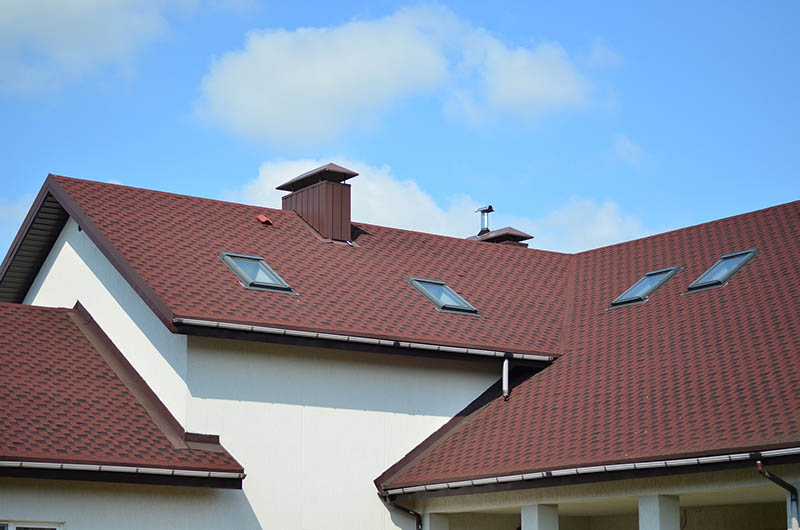
If you are in the market for the most durable roofing option, consider purchasing slate shingles. Slate is a naturally occurring material and can be shaped and sized to make shingles that can last up to 200 years, meaning they can serve you and two generations after you.
Their lifespan is significantly longer than other shingling options because they are made from sedimentary rocks. Slate shingles are not only durable but also fireproof, insect-resistant, and waterproof.
- Can withstand extreme winds without getting damaged
- Resistant to pests such as termites, making them a popular option for houses built in areas prone to bug infestations
- Don’t corrode easily, so once bought, you will not need roof repair services ever again
- Very costly material, not ideal for people on a budget.
- If improperly installed, slate can easily crack due to water getting trapped between the shingles
- May require the occasional repair and maintenance due to wear and tear from the elements
5. Clay Tile Shingles

Like metal, clay shingles have a lifespan of up to 200 years. They retail in several shapes, sizes, and colors, giving houses a unique clay look that may vary depending on the owner’s preferences. Clay tile shingles are often installed in states that experience a dryer, somewhat desert-like climate.
These roofing shingles are popular among homeowners because of their bright orange color, durability, and minimal maintenance practices. While loved due to their durability, once installed, clay tiles are more fragile than other shingling options. So, you must be extra careful during the installation process. Also, be cautious while transporting the materials to a building site because they are prone to shattering and chipping.
Clay tiles are also expensive roofing options due to their lifespan. But if you are not reassured, you can always take a lifetime warranty. However, this type of warranty is only available for specific brands that manufacture shingles. Keep in mind that clay can break when hit by heavy debris, so this roofing option is suitable for homeowners who don’t live in wooded areas and are not affected by severe weather.
- The look is more authentic than most roofing materials because they resemble the clay tiles that were used on homes centuries ago
- Retail in a variety of colors and textures like the metal roofing option, allowing homeowners to match their home exterior design
- Prone to shattering and cracking, so requires regular maintenance and retiling over time
- Water may get trapped in between the tiles, causing the shingles to crack over time
- Unsuitable for areas that experience a lot of rainfall throughout the year
6. Composite Shingles

Composite shingles are simply roofing options that consist of various building materials. This means they are not as durable as the other roofing options on our list. However, they’re used in specific situations where durability may not be a key consideration.
- Available in different colors and styles, allowing you to match your exterior home design
- Great as replacement roofing options especially if you want to replace an old roof but lack the funds to afford other roofing alternatives
- Are not as durable as clay, metal, or slate shingles because they are created from different materials
- Composite shingles can barely last for 50 years
- Require occasional repair and maintenance because of damage caused by weather elements
7. Architectural Shingles
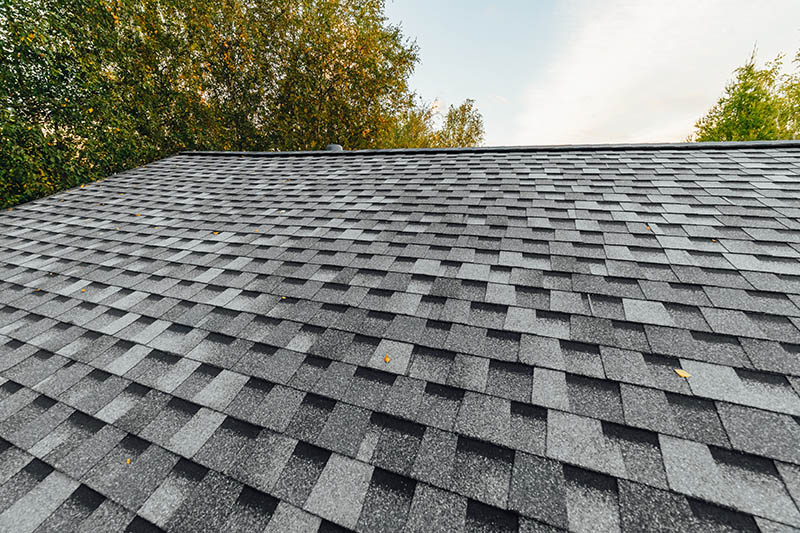
These are simply enhanced and premium versions of the asphalt shingles. Yet, like most premium brands in the market, you must pay extra for the premium label. Architectural shingles cost up to 3 times as much as standard asphalt shingles.
However, their steep price is worth it because they feature thicker materials. This provides better protection against flying debris, strong winds, and heavy rainfall.
These shingles are ideal for homeowners looking for a customizable roofing option. Compared to other customizable varieties, architectural shingles are less costly if you want to install a specific roofing design for your home exterior. Like asphalt, these shingles are also easy to maintain and if properly installed, they can last up to 10 years longer than the standard variety. Their extra durability makes this roofing option great for areas frequently bombarded by extreme weather and temperature.
Just like asphalt shingles, it is easy to install and maintain architectural shingles. Their extra durability makes them last a decade longer than their standard version.
- Feature an extended lifespan of up to 10 years
- Are easy to maintain
- Are more durable than the standard asphalt
- Are customizable to fit the preferences of the homeowner
- Very costly
How to Determine If Your Roof Needs Replacing
People often replace their roofs due to damage brought on by extreme winds or falling debris. Furthermore, stagnant water and hailstorms can also cause severe damage if not regularly maintained. Also, over time, an old roof will require replacement due to leaves and direct sunlight, which can cause damage to your roof.
Some situations may warrant roof repair only, but as a rule of thumb, if 35% of your roof is damaged, you should consider roof replacement. Sure, roof replacement may be more expensive, but in the long run, it is more cost-effective if your roof is badly damaged. Repairing the roof is only a temporary fix. If you want to increase the lifespan and make sure the roof can withstand any severe weather in the future, replacement is a better option.
Replace your roof if one of the following occurs:
- Shingles are curling: As the roof ages, the shingles begin to curl due to the wear and tear of the elements. Once they start curling, roof rot and roof leaks will appear.
- Shingles show wear and cracking: As earlier mentioned, shingles also act as insulators in a home. If they get worn out or cracked, they will not be able to protect your home from the outside heat. Furthermore, they will lead to an increase in the electricity bills in your home.
- Leaks have become commonplace: The whole point of installing roof shingles is to keep your home dry and properly insulated. So, if you repeatedly notice leaks from your roof then it’s probably time you considered roof replacement. Your shingles may have sustained damages that are irreparable.
- If your neighbors are replacing their roofs: Most homes in housing developments are usually built around the same time. So, if your neighbor is getting their roof replacement, it could be a sign that you need one too.
Conclusion
Shingles are a vital part of your roofing plan and can be a great investment in the future if properly installed. But when looking for shingles for your home, don’t just go for style or the latest trend in the market. Ensure that the shingles are appropriate to the climate conditions of your area, and fit your budget, needs and design preferences.
If you are looking for shingles that can last a lifetime, slate and clay tiles are better options though very costly. Metal shingles are durable, and have varying color, shape, and size options but are very expensive too. If you have a strict budget but still want shingling options that balance the cost and durability, asphalt is an ideal option.
Now that you know the different types of roofing shingles and their benefits and drawbacks, which one is the best for you? While shopping for roofing shingles, you might find you have more than one ideal choice. In such a delicate situation, consider hiring a contractor to help you break your choice paralysis. They will also recommend one that best suits your home and the weather conditions near you.
Featured Image Credit: brizmaker, Shutterstock
Contents



